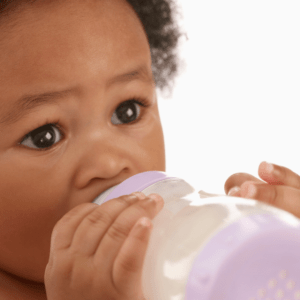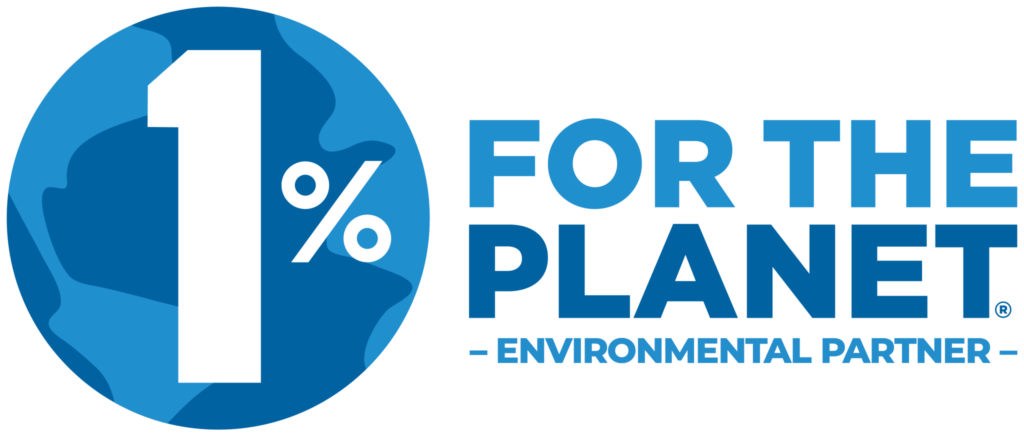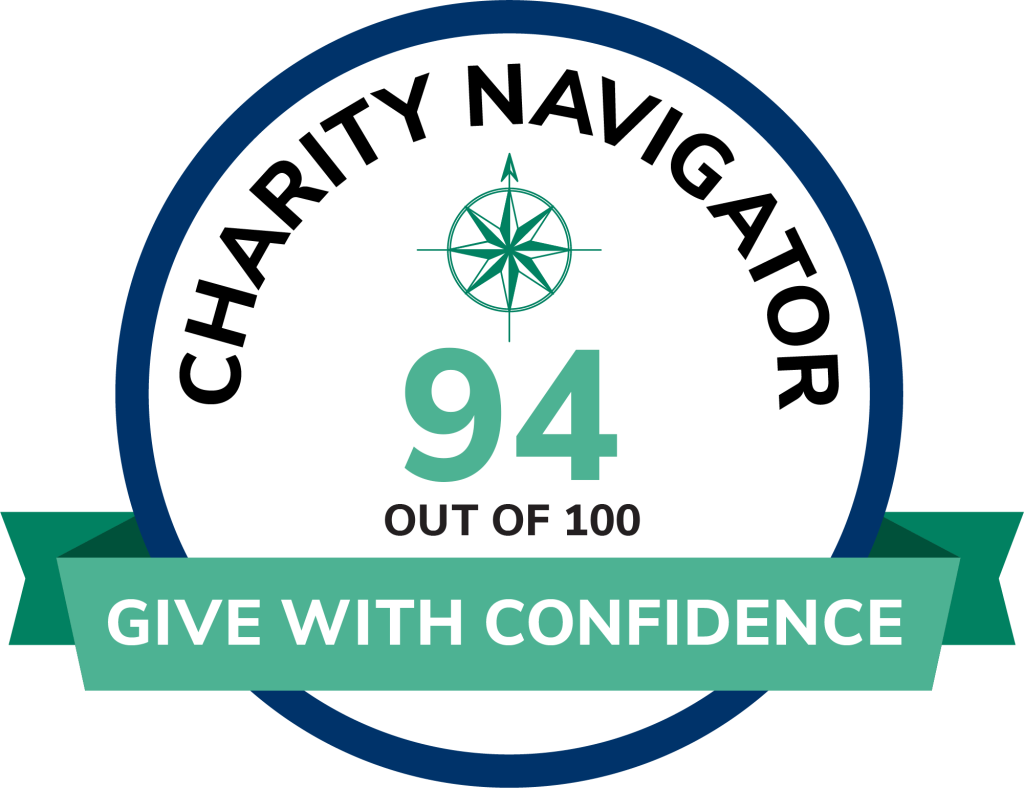We are all reeling from the COVID-19 pandemic–grieving the loss of loved ones, of jobs, stability, social gatherings, and peace of mind. And we are struggling to adjust to our “new normal” amidst heightened anxiety and persisting uncertainties. One of the truly sobering takeaways is that this crisis has exposed critical gaps in our nation’s ability to effectively protect our most vulnerable. It is urgent that we act on preventable health outcomes to promote the safest and healthiest futures for our children.
That’s why I’m so excited about the new Florida State Profile for Children’s Environmental Health from The Children’s Environmental Health Network (CEHN). CEHN is a national non-profit organization that has been at the frontlines of children’s environmental health for nearly three decades. They are developing profiles for each state around currently available children’s environmental health indicators (CEHIs).
Children’s Environmental Health & CEHIs
Over the past several decades, childhood chronic diseases, such as asthma and leukemias, and developmental conditions, such as attention-deficit-hyperactivity-disorder, have become far more common in the U.S. Improved testing and genetics do not account entirely for these worrisome trends.The World Health Organization estimates that 34% of all children’s health issues are the result of modifiable environmental factors.
Children are especially vulnerable to environmental exposures because they breathe, eat and drink more than adults, in proportion to their body size. Their bodies and brains are developing and thus at risk from toxic exposures, while in the womb through adolescence. Exposures to harmful toxicants in our water, food, and everyday products (such as lead, pesticides, brominated flame retardants, and PFAS) and to air pollutants (such as particulate matter, mercury, and ozone) increase children’s risk of adverse health and developmental outcomes and exacerbate existing health conditions. Children and pregnant women from low income communities, tribal communities, and communities of color are disproportionately exposed to these harmful toxicants, placing them at higher risk for illness and disability.
Our changing climate intensifies these environmental hazards and exacerbates existing inequalities–bringing stronger storms, extreme heat waves, more numerous and intense wildfires, and flooding. These effects and others threaten our air and water quality, food security, family and community stability, and physical and mental health. Climate change can also set the stage for more pandemics, as droughts and extreme temperatures increase our risks of zoonotic diseases. In the case of COVID-19, environmental factors can also influence a patient’s prognosis. Mounting scientific evidence demonstrates that exposure to air pollutants directly affects our ability to survive a virus that attacks our respiratory system, as is common with many emerging zoonotic diseases.
In order to reduce our children’s risk of illness and disability, federal, state, and local leaders need to address existing environmental hazards and better plan for children’s needs in the face of climate change. Unfortunately, the current federal administration is reversing nearly 100 environmental regulations that influence the health of our families and pose a serious threat to our impact on the climate. It is up to state and local officials to provide the environmental health protections that our children deserve. And it is up to us to speak out, demanding that children’s health be a priority.
For Florida decision-makers to effectively address children’s environmental health concerns they must first understand the current state of these issues in their jurisdiction.Comprehensive information, including state-by-state comparisons of uniformly defined data points (CEHIs) about environmental hazards, environmental exposures, and relevant children’s health outcomes, is needed. Unfortunately there are very few accessible sources of robust, valid, and regularly updated state-level comparisons of CEHIs, but CEHN has compiled the most meaningful ones into their state profiles.
Florida’s Profile
The Florida profile offers interesting insights. The first thing that struck me was our rate of asthma. Nine and a half percent of Florida’s children are diagnosed with asthma. The national average is only 7.6%. A related and also unnerving statistic: over 20% of Florida’s children live in counties with unhealthy ozone levels, while nearly 10% live in counties without sufficient air quality monitoring. That means that up to a third of Florida’s children may be at risk for air quality-related health issues.
I’m glad that CEHN’s profile touches on climate change in Florida. They’ve included a state spotlight on the Southeast Regional Climate Change Compact, which has put together an impressive plan with extensive guidelines for the many Florida communities facing the effects of climate change.1 Our state is uniquely situated to face some of the most extreme effects of climate change in the U.S., from sea level rise to extreme weather to heat days. Children, especially the youngest, are particularly vulnerable to harm from extreme heat and to the other cascading effects of warming temperatures. In fact, we are home to 10 of the hottest cities in the country and more than 620,000 of our residents are especially vulnerable to extreme heat (meaning those under 5, over 65, or living in poverty).2
And just like with the COVID-19 pandemic, our least privileged communities shoulder the worst of environmental hazards and climate change risks. Children in low-income communities are more likely to face trauma, community loss, and mental health issues unsupported after natural disasters. Did you know that Florida has more people at risk for a 100 year flood than any other state? That’s about 5 million people if you count both inland and coastal flooding risks.3
Poverty is an important social determinant of health, and one that disproportionately affects indigenous communities and communities of color. As of 2019, 20% of Florida’s children were living in poverty. They are less likely to be able to access quality health care, electrical power, nutritious food, and safe drinking water. They are also likely to live in unsafe homes and are more likely to learn, play, and live adjacent to polluting industries.
In addition, many marginalized children are often left untested for associated exposures. For example, CEHN’s profile shows that 1.7% of Florida children tested positive for elevated blood lead levels (BLL) in 2012, but if you read the footnotes, you’ll see that only 13.7% of Florida children under age 6 were tested. It’s also worth considering that not all children who are tested get reported to public health authorities, so the true scope of children’s lead poisoning in our state is likely higher. Getting an accurate assessment is further confused because no BLL data is available through the CDC after 2012 for Florida (most other states are up to date through at least 2017). By the way, CEHN’s profile includes lots of helpful context, scientific studies, and links to more information, both in the report itself and on their website.
Developing comprehensive, uniformly-defined children’s environmental health indicators and regularly collecting and updating the data is critical to creating strong child-protective policies and to track our progress as we improve our children’s health. All of Florida’s children deserve a safe and healthy environment to grow and develop. They need clean air to breathe and safe water to drink, nutritious food to eat, and healthy places in which to live, learn, and play. We know this is possible. In order to make it a reality we must hold our elected officials at all levels of government accountable and demand increased investment in under-resourced communities, in our crumbling infrastructure, and in our public health systems. We need to respect the interconnectedness of environmental and human health and prioritize the health of our planet so that our children and future generations have the healthiest possible start to life.
Looking for ways to get involved? Children’s Environmental Health Day is on October 8th this year. Demand that children’s health be put at the center of governmental issues: request a proclamation from Florida’s governor or from your mayor. You can also host or join into a children’s environmental health day activity with your family, church, scout troop, or neighbors. Get ideas at www.cehn.org/cehday/








